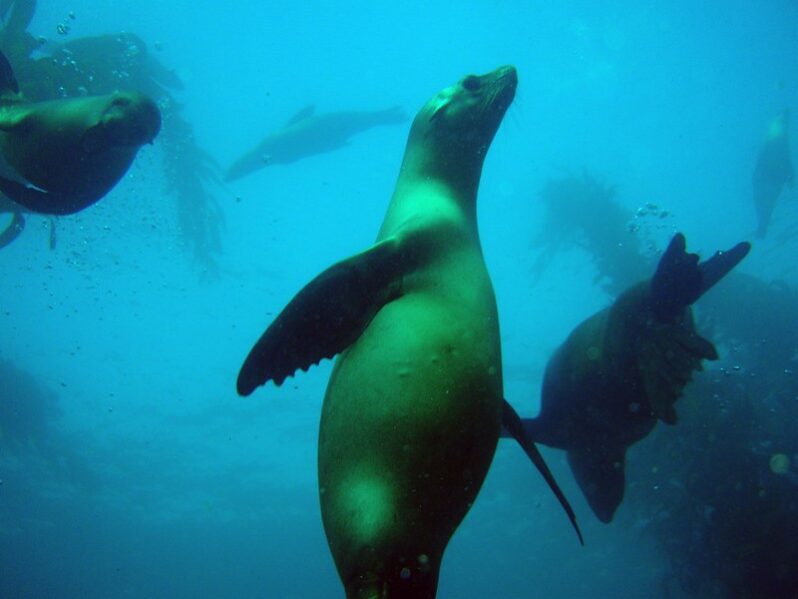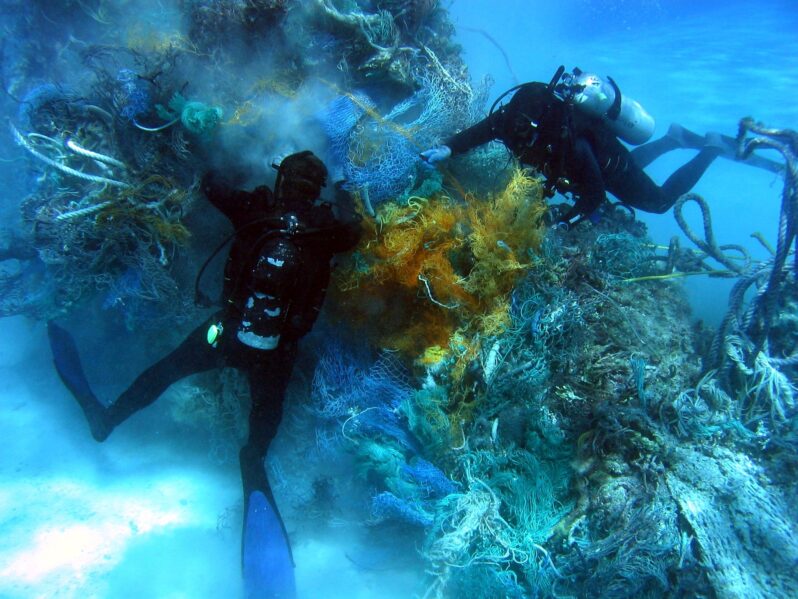For Seals, Big Hearts Mean Big Dives – Hakai Institute

An enlarged aorta enables seals to dive for longer durations…
The Very Hungry Urchins – Hakai Magazine

Researchers are restoring the Caribbean’s surprising, spiky custodians, which gobble up the algae smothering coral reefs…
Using Trash to Track Other Trash – Hakai Magazine

An Australian organization is taking “Reduce, Reuse, Recycle” to heart with its ghost net clean-up program….
New Reads for Coastal Kids Are Packed with Fun and Facts – Hakai Magazine

These 10 coastal-themed books deliver more than pretty pictures…
Tromelin Island’s Impressive Comeback – Hakai Magazine

One small island in the Indian Ocean shows how quickly seabird populations can recover after people eradicate invasive predators…
When dams come down, what happens to the ocean? – High Country News | Hakai Magazine

A long-term study of the Elwha River Delta reveals lasting change — and a healthier ecosystem.
Six Months After the Heat Spiked, Caribbean Corals Are Still Reeling – Hakai Magazine

For many Caribbean corals, last year’s heat proved too much to bear. The more time corals spend in hot water, the more likely they are to bleach, turning white as they expel the single-celled algae that live within their tissues. Without these symbiotic algae—and the energy they provide through photosynthesis—bleached corals starve. Survival becomes a struggle, and what had been a healthy thicket of colorful coral can turn into a tangle of skeletons…
Dammed but Not Doomed – Hakai Magazine

As dams come down on the Skutik River, the once-demonized alewife—a fish beloved by the Passamaquoddy—gets a second chance at life…
The Marshall Islands Aren’t Giving In to Sea Level Rise – Hakai Magazine

The precariously placed island nation has put together a comprehensive—if expensive—plan to survive sea level rise…
